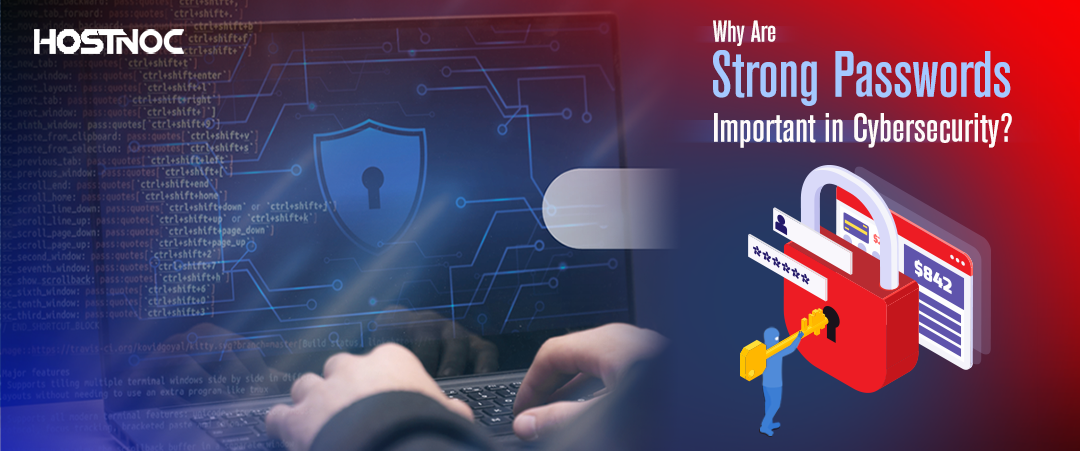Blogs

Interview with Martin Ochwat E-Commerce Virtuoso
December 3, 2019
7 Technologies That Will Shake Up Businesses In 2020
December 12, 2019Endpoint security might seem trivial at first, but when you dig deeper, it is a vast domain that encompasses your entire organization. With dozens of endpoints and hundreds of connected devices, you need an effective endpoint security strategy to secure all these endpoints as each endpoint could serve as a potential entry point for cyber attackers.
Cybercriminals are always looking for these entry points and when they find one, they won’t waste any time and use it to get access to your network and devices connected to it. As a business, your job is to prevent them from intruding into your network. Endpoint security solution will help you do that.
In this article, you will learn about seven types of endpoint security solutions your business should adopt.
7 Types of Endpoint Security Solutions Your Business Should Invest In
1. Network Access Control
Network access controls help you prevent authorized users to access your organization’s network. This overlaps with identity and access management systems and plays an important role in securing access to network nodes. It also determines the devices and users can access your network and what they can do. Firewalls and limiting data access and data usage fall under network access control systems.
2. Application Control
Despite all the security measures and strict vetting processes, malicious apps can still make their way to app stores. To ensure you don’t end up downloading and installing a malicious application, which can wreak havoc on critical business infrastructure, you might invest in an application control system.
These application control systems take care of permissions, make sure strict restrictions are in place on what a user can and cannot do with those applications. Such application control systems create three lists for this purpose.
- Blacklist
- Whitelist
- Greylist
Thanks to these lists, these systems can prevent malicious applications from running and block new malicious apps from sneaking into your devices. As enterprises migrate to the cloud, they will be dealing with more third-party applications, which can let intruders enter your network due to security loopholes. That is why these application control systems will be critical for application security.
3. Cloud Perimeter Security
Endpoint security is no longer limited to users, devices, and nodes. It can also help you enhance your cloud security by creating a protective perimeter around your cloud ecosystem. The main reason why you should take advantage of cloud perimeter security is that your cloud service provider is not responsible for providing protection. Hackers can use innovative ideas to circumvent security measures and get access to data stored in the cloud.
4. Endpoint Detection and Response
Popularly known as EDR, Endpoint detection and response systems align with the detection-mitigation approach followed by modern cybersecurity systems. It constantly monitors all the files and apps that connect to any enterprise endpoint. What makes these endpoint detections and response systems special is their ability to dig deeper.
EDR can offer you:
- Useful threat intelligence
- Ability to detect file-less malware and ransomware
- Granular visibility
5. Endpoint Encryption
One of the most neglected types of endpoint security solutions is endpoint encryption. Despite this, it can play an essential role in securing your business and digital assets. Whether it is preventing data theft, data corruption or data loss, endpoint encryption can encrypt your data stored at endpoints so that it cannot be stolen or destroyed. Follow encryption best practices to streamline the encryption process and remove any obstacles which can hinder it.
6. Anti-virus Software
Most businesses already have this type of endpoint security, but unfortunately, that is no longer enough. You can treat it as baseline protection, but you cannot solely rely on anti-virus solutions because hackers have found new ways to bypass antivirus software. Make sure you keep them up to date so it can detect the latest viruses and implement them on endpoints so it can detect malicious signatures. If its virus definition is outdated, your antivirus program will fail to detect and nullify the latest viruses and malware.
7. IoT Security
According to Cisco prediction, we will have 50 billion connected devices by 2020. Most of these devices will end up in enterprises. This will improve business processes and enhance communication, but it also poses a huge security risk. To make matters worse IoT manufacturers are designing devices without paying attention to security. The lack of standard security protocol does not help either. All this makes IoT devices a soft target for hackers.
Thankfully, there are endpoint security providers who are offering IoT security as an endpoint security solution for enterprises. These endpoint security solutions enhance the visibility of your IoT devices and protect unattended devices from being attacked. Most cyber-attackers are always looking for IoT devices that can easily be compromised. Once they find it, they compromise it and use it to attack other devices on your network.
Which endpoint security solutions does your enterprise invest in? Let us know in the comments section below.
Featured Post
IBM Unveils Solutions To Automate Security Operations
At RSA Conference 2025, IBM announced a significant expansion of its managed detection and response (MDR) services with the introduction of new agentic AI to automate […]
Why Are Strong Passwords Important in Cybersecurity?
Table of Contents The Role of Passwords in Cybersecurity Why Are Strong Passwords Important? Protection from Brute Force Attacks Preventing Account Hijacking Protecting Sensitive Information Safeguarding […]
7 Cybersecurity Trends for 2025 According to IBM
Table of Contents 7 Cybersecurity Trends for 2025 According to IBM 1. The Rise of Shadow AI 2. Identity Becomes the New Security Perimeter 3. Collaboration […]





